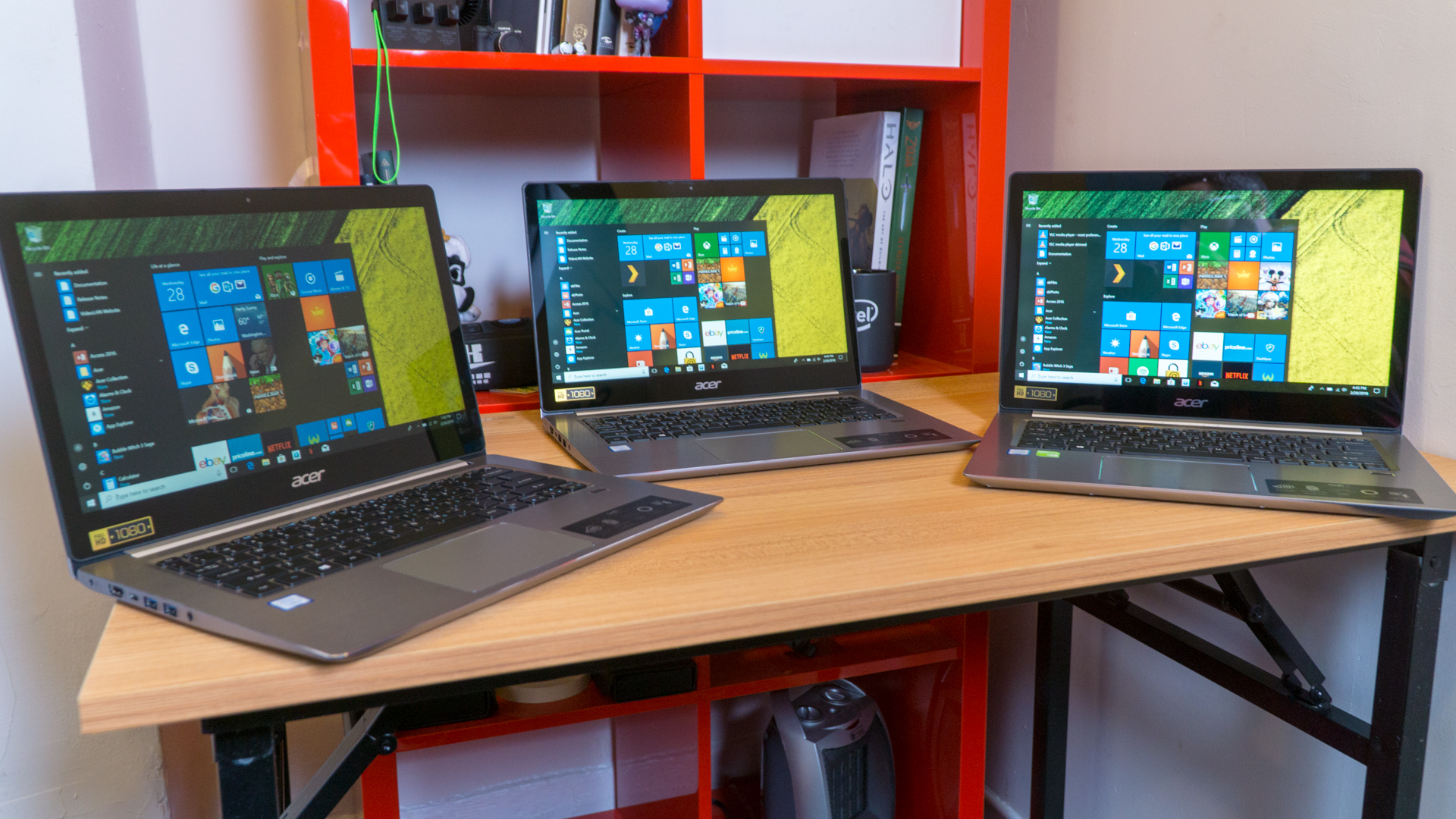

However, what's not clear is whether that will only be possible when using the integrated graphics. Until now, that's been restricted to HDTV apps and set top boxes. It has some new encode capabilities, too.Īrguably even more newsworthy is some new DRM gubbins that will allow Kaby Lake PCs to be the first that are allowed to stream 4K Netflix content. Thanks to some new 2D hardware, it can decode up to eight standard 4K HEVC streams simultaneously, which is kind of crazy, and can also support ultra-high bitrate streams, too, up to 4K at 60 frames per second and 120Mbps. Firstly, it has some major decode and encode chops. But for the record, Kaby Lake is potentially really snazzy in this department. The other potentially significant novelty involves 2D video. That said, prior to launch the scuttlebutt implied that Kaby Lake might be quite the overclocker. That's where the less-than-10-per-cent performance uptick figure comes from given that the CPU cores aren't any fancier. Despite all that, Intel has refined the existing 14nm tech enough to bump Kaby Lake's clockspeeds by around 200MHz to 300MHz higher than previous chips depending on the model in question. That reflects a general industry-wide slow down in chip development as the world's silicon engineers increasingly bump up against the laws of physics.Īnyway, 'Tock tick' is toast and now we have aforementioned 'Process, Architecture, Optimisation', which buys Intel an extra year to get those tricky die shrinks out the door. The significance here is that Intel has officially given up trying to shrink its CPU transistors every other year. Hence the shift from the old so-called 'Tick Tock' paradigm which saw Intel crank out a new chip and a new production process in alternate years. Actually, Kaby Lake is a 14nm chip, which makes it the third such family from Intel. So we're left with two really significant updates. It's basically the same 'Gen9' integrated gunk as seen and not terribly enjoyed by gamers in Skylake chips. The integrated graphics isn't new either, not in terms of 3D rendering at least. The CPU cores are largely if not entirely identical to Skylake. Thus by their '7xxx' suffixes shall ye know Kaby Lake chips.įirst, let's talk about what's new in Kaby Lake the CPU, which isn't much. The processors in question are the 4.2GHz/4.5GHz Core i7-7700K and the 3.8GHz/4.2GHz Core i5-7600K.
Kaby lake procssor series#
I've been hands-on with the two headline grabbing CPUs of the Kaby Lake range courtesy of MSI's Z270 Gaming M5 motherboard, which showcases the new 200 Series chipsets that accompany Kaby. Kaby Lake is, in short, probably the last boring mainstream chip from Intel before various factors align and force Intel out of its slumber and into something resembling action. Broadly speaking, we're talking less that 10 per cent performance improvement over existing Skylake CPUs from Intel.

It's another mainstream CPU family from Intel that tops out at four cores and only ups the performance ante by a small increment. I'll save some of you a lot of trouble right from the get go and point out that Kaby Lake is fundamentally non-exciting, albeit for somewhat interesting reasons.

Does it game, will it blend, is it AMD's Ryzen CPU you really want and what the hell happened to 'Tick Tock'? For answers to at least some of these questions, including the shattering news that the arrival of Kaby Lake means the era of 'Tick Tock' is over, summarily usurped by 'Process, Architecture, Optimisation' (or if leaked roadmaps are anything to go by, make that 'Process, Architecture, Optimisation and One More for the Road'), join me on the other side.


 0 kommentar(er)
0 kommentar(er)
